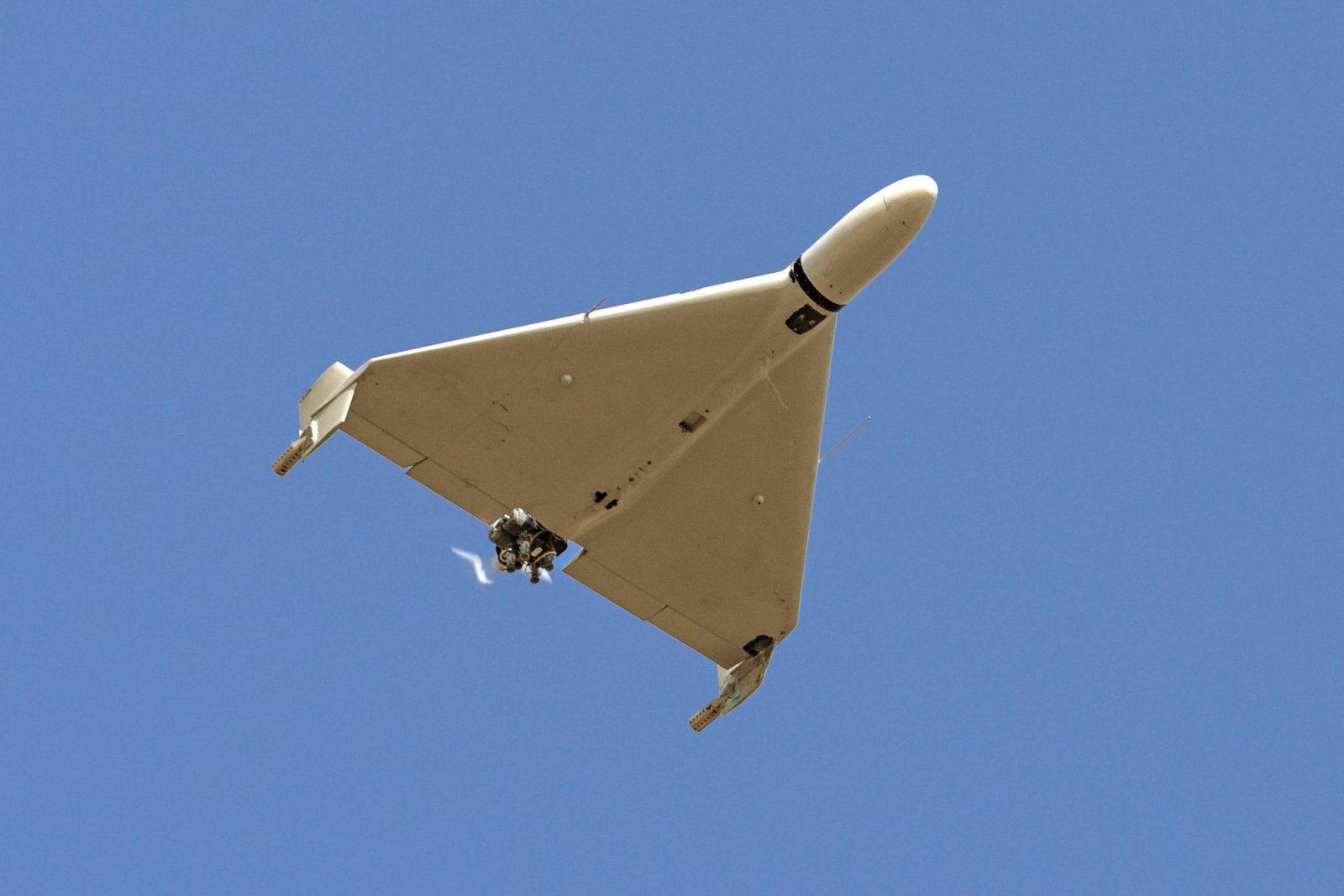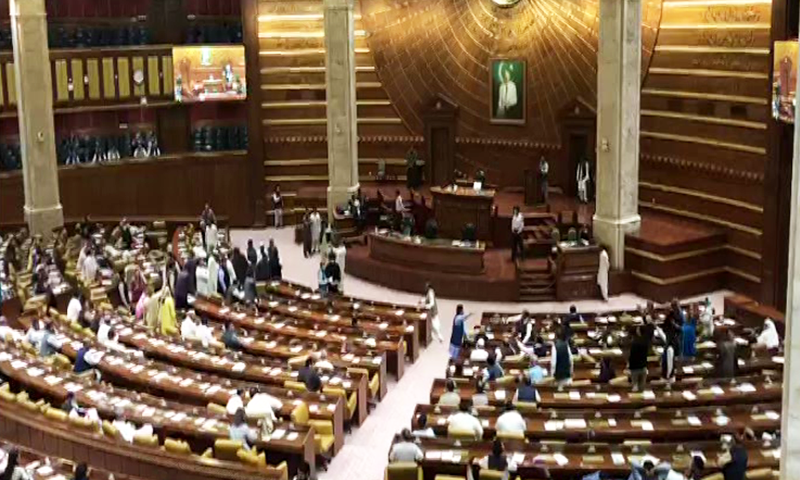Chinese drone experts have reportedly collaborated with Russia’s sanctioned arms manufacturer IEMZ Kupol to advance military drone capabilities. Two European security officials and verified documents reveal that Chinese engineers have traveled to Russia multiple times since early 2024 to assist in drone development and testing.
These visits, numbering over half a dozen, involved hands-on work at Kupol’s facilities in Izhevsk and at the Chebarkul military test site in Chelyabinsk. During this period, Kupol received attack and surveillance drones from Chinese companies. Meanwhile, Russian defense procurement firm TSK Vektor—also under Western sanctions—facilitated the shipments.
The drones included models A140, A900, A60, A100, and A200, all manufactured by Sichuan AEE. Flight logs and invoices confirmed that Chinese technicians helped assemble and test these drones. They also trained Russian personnel. Although listed as TSK Vektor employees, officials believe the experts worked directly for AEE. Their conclusion was based on technical feedback and billing records.
In one transaction, AEE invoiced TSK Vektor over 5 million yuan (around $700,000) for A200 drones with anti-jamming systems. As a result, Russia appears to be moving toward more advanced drone capabilities.
In addition to Sichuan AEE, another Chinese firm—Hunan Haotianyi—also supplied drones to Kupol. Its HW52V VTOL drone underwent testing in Russia. Airline records showed Liu Mingxing, CEO of Hunan Haotianyi, traveled with Artem Vysotsky, TSK Vektor’s drone chief, after a drone showcase in Irkutsk.
Kupol documents described visits by Chinese engineers and technicians. They were identified as TSK Vektor staff, but officials believe they worked for Hunan Haotianyi. Their presence alongside Liu during multiple trips supports this assessment. These visits focused on integrating new flight control systems and engines into the Garpiya drone series.
Moreover, additional letters between Kupol and TSK Vektor outlined several week-long technical missions in 2024 and 2025. These teams refined drone control systems and developed a new model, the GA-21. Officials believe the GA-21 resembles Iran’s Shahed-107, which can perform surveillance and attack missions.
Despite this growing body of evidence, China’s foreign ministry denied knowledge of the collaboration. “China maintains a neutral stance on the Ukraine conflict and strictly regulates dual-use exports,” the ministry stated.
However, Kupol, the Kremlin, and the involved Chinese companies did not respond to inquiries. Western governments have voiced concern over China’s indirect support for Russia’s military industry. As a consequence, sanctions have already been imposed on several firms.
Samuel Bendett, a senior fellow at the Center for a New American Security, emphasized China’s growing influence. “Chinese components are now integral to Russia’s drone systems,” he said. “Their role is both strategic and operational.”
Ultimately, the involvement of Chinese drone experts in Russia’s drone development marks a shift in global defense dynamics. As drone warfare becomes central to modern conflict, partnerships like these may redefine geopolitical alliances and military capabilities.






